“A picture is worth a thousand words”
BVH community uses art as therapy
On Feb. 9 at Bonita Vista High (BVH) in room 401 many students express their feelings in Art Therapy Club on Thursdays. BVH Junior Anthony Gomez (left), junior Daniel Donnelley (middle) and president of Art Therapy sophomore (right) Daniel Hernandez use marker to color and relax during their lunch period.
“A picture is worth a thousand words” is a quote applicable to many in the Bonita Vista High (BVH) campus. Students and staff alike are able to share the same sentiment that art allows them to express themselves and their feelings.
Art Therapy Club president and sophomore Daniel Hernandez first established the club after Art Therapy Club Advisor and International Baccalaureate (IB) Higher Level and Standard Level Biology teacher Dr. Michelle Mardahl introduced the idea to her class. She proposed that the club could serve as a place for IB students to reduce their stress and take their minds off their workload.
“I was inspired. I founded it because I wanted a place to foster and promote art therapy–life is difficult in and outside of school,” Hernandez said.
The Art Therapy Club meets every Thursday during lunch in room 401. Hernandez chose art as a mode of “therapy” due to the “healing” qualities that come from the connection of body and mind.
“Art is healing because you forge connections between your mind and your body. Art accesses both mind and body to promote healing. It helps us interpret, express and resolve our emotions and thoughts,” Hernandez said.
Health teacher Shannon Bruce relays her experience with art therapy. Although she doesn’t dabble in art as much as she used to, she made practicing photography a part of her 2023 resolution. She also noticed the therapeutic value of art after substituting for a multimedia art class.
“It was the most zen, amazing experience. The vibe was super awesome and the kids were literally smiling,” Bruce said. “They’re like, ‘This is our vacation and get-away. This is my time to paint to create and get out of the world for this hour.’”
Hernandez has been an artist since elementary school, but only recently found its therapeutic capabilities. This new realization came after Mardhal introduced the idea of using art as a form of therapy.
“I knew I loved and enjoyed drawing and creating art, but I never saw it as a way to actually calm myself down. It clicked in my mind that I could really use this as a way to become more expressive and really share out to others,” Hernandez said.
Hernandez typically draws with a classic pencil and paper. Similarly, senior Jessica Michel feels as though she’s been an artist. Her art style ranges from Webtoons inspired comics (a website where artists share stories through comics) to some hyper realistic pieces from photos she finds aesthetically pleasing.
“I think [drawing] has become a need, like the satisfaction when you’re done. It’s nice because I’ve been learning to use it to help other people feel better. I like making little doodles for people. It feels good when they appreciate it or I see it on the back of their phone,” Michel said.
While also making other people feel better, Bruce highlights the positive feelings that come with practicing different kinds of art, such as culinary arts, painting and photography.
“I think by creating something tangible, which could be multimedia art online and on your computer, it decreases anxiety. I think it puts you in some kind of a zen mode. It’s kind of like playing music; you lose yourself in the creation of it,” Bruce said.
Both Michel and Hernandez, as artists, don’t typically have a schedule to decide when to practice their art. Michel’s dad tells her, “You don’t find time to do things; you make time,” while for Hernandez, it comes naturally.
“There are times where I go without [art], because I’m busy. Then, I’ll have a bunch of ideas so for multiple days, I’m drawing a lot,” Michel said. “There were times where I would get upset because it didn’t come out the way I wanted it to. I can’t help but keep coming back, even if I was mad about something.”
For that reason, Hernandez encourages students to join the Art Therapy Club. It is optional for members to share what they draw and add an explanation. While artists may be frustrated with their own work as Michel describes, the Art therapy club is not judgmental and very welcoming. Hernandez expresses his “happiness” for having a community that feels welcoming and able to express their emotions.
“We say ‘Come on in’ because it’s open to everyone and we provide you with the materials. If you want to come in and draw in the room, there’s a safe place. We play some calming music and it’s a place to relax,” Hernandez said.
For students and staff, practicing art, whether it be through words, music or pictures, provides a sense of ease. Art is therapeutic because it is a lot more than just talent; it’s how a person feels creating an artistic expression.
“The benefit of art is that you can convey emotion a lot more easily because it’s how things look. ‘A picture is worth a thousand words,’ you can do the same piece during different times of your life and it can be interpreted differently; like ‘That used to make me feel happy, but now this looks kind of sad,’” Michel said.

This year, I am co-Editor-in-Chief for 2022-2023. I’m a senior and a second-year Crusader staff member. Last year, I enjoyed my time serving as...

I am a junior at Bonita Vista High and this is my third year as a staff member on the Crusader. I am currently the Opinion Editor and was previously...


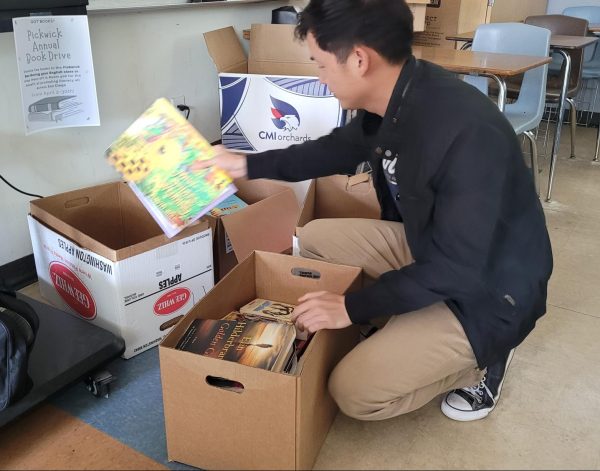
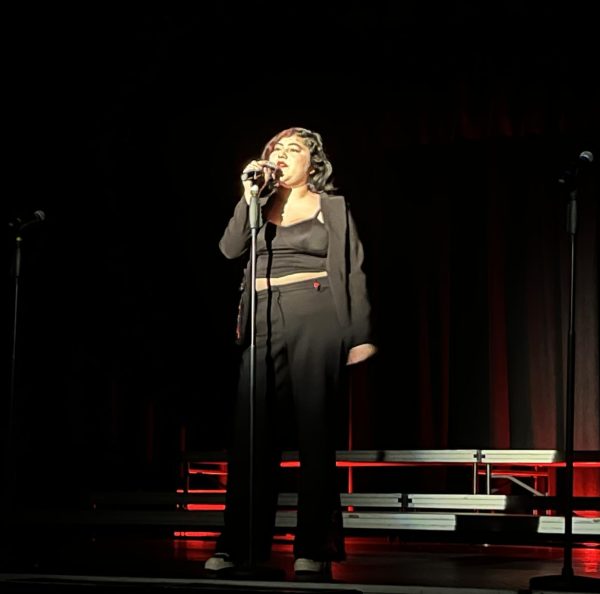

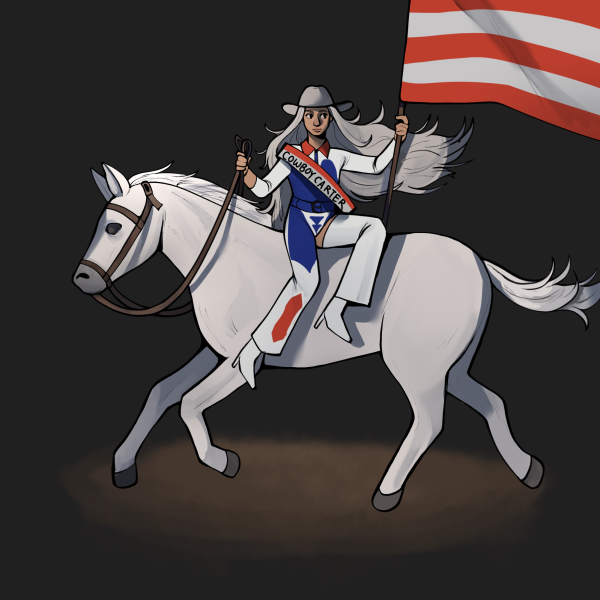

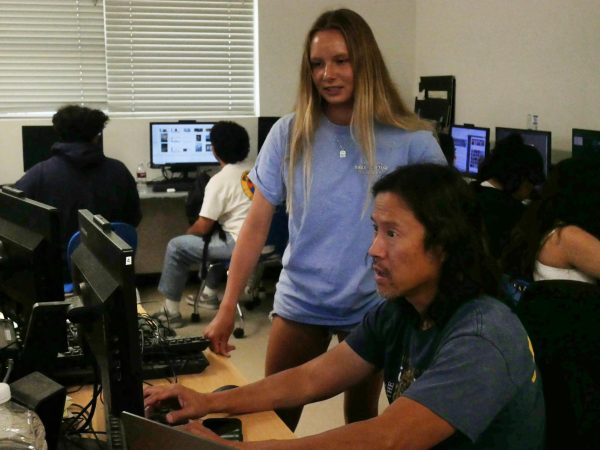
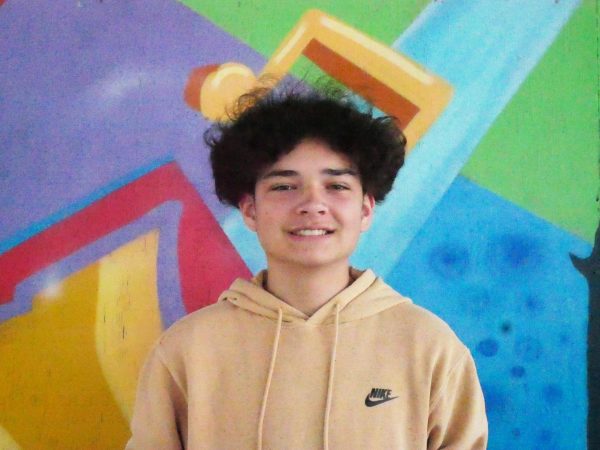

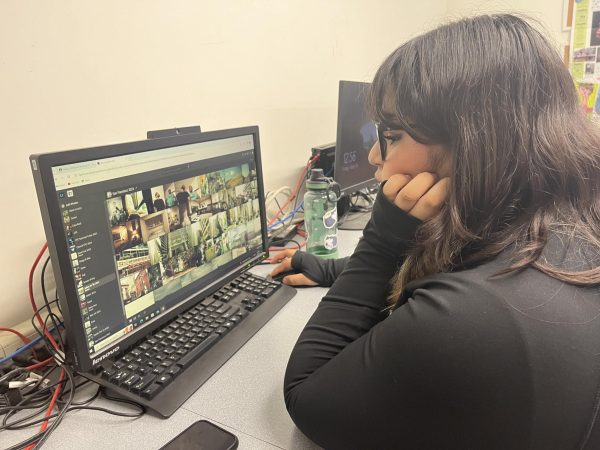

thegarbmeister • Feb 9, 2023 at 9:42 pm
Fantastic! Looking forward to hearing more about the club in the future